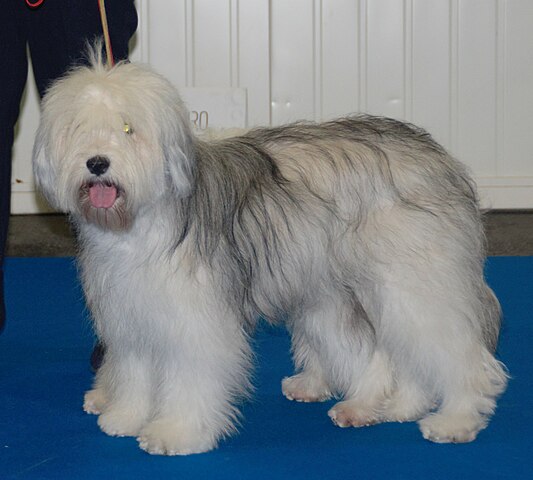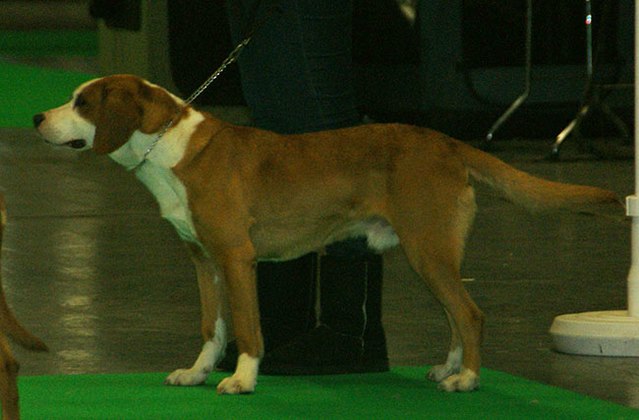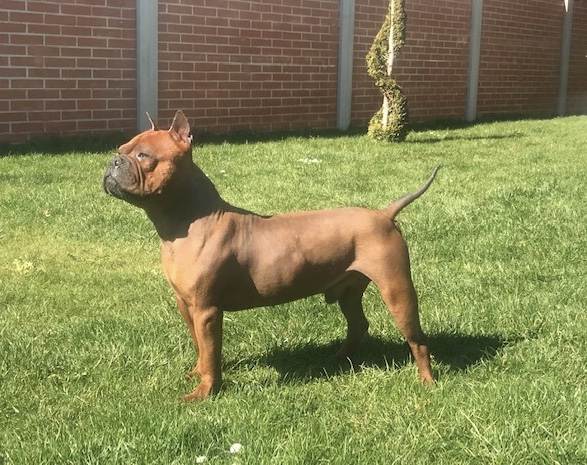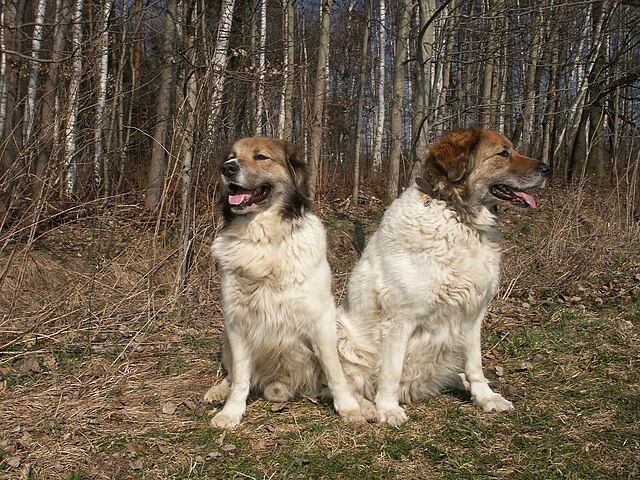The Gaucho Sheepdog (AKA the Ovelheiro Gaucho or Brazilian Collie) hails from Brazil, and seems to have evolved from dogs brought over by European immigrants which were then bred to local Brazilian dogs. While the exact history is unknown, it seems that a variety of herding breeds as well as the Estrela Mountain Dog are in the lineage. Used primarily for herding, this agile and physically robust breed would also stand guard over the flock while they grazed, protecting them from the potential foe of wild animals, stray dogs and strange humans. This breed is recognized by the Brazilian Confederation of Cynophilia but not by the FCI or other major kennel clubs worldwide, although international recognition is currently being pursued by breeders and fanciers.
Gifted with sweet temperaments, Gaucho are gentle with both humans and livestock. As such they are not good candidates as guard dogs although they can make useful watchdogs since they are quick to alert to the presence of strangers on the property. Overall they are friendly, social, lively and happy. They make very loyal and affectionate companions to their owners, and also tend to bond to their flock as well. It should come at no surprise that this breed gets along with children as they are patient and tolerant while still being playful, but supervision is recommended (mostly to make sure the kids don’t tease the dog). As with all herding breeds, they will undoubtedly try to herd the children so one must be prepared for that! Finally, this breed gets along well with other pets such as cats and/or other dogs.
Gaucho Sheepdogs usually learn obedience commands quickly and are known for their intelligence. When it comes to herding, they can do it naturally and need no (or very little) formal training! This is a breed that loves to work and it shows! Most could spend all day outside with their flock and would be quite happy with their life situation. They are also excellent at problem solving as they were bred to work both with, and without people. Very adaptable, this breed can be trained in any number of dog sports or activities (such as agility or therapy work) which is recommended if they are not used specifically for herding. This is a breed that must have a job to do in order to be happy. 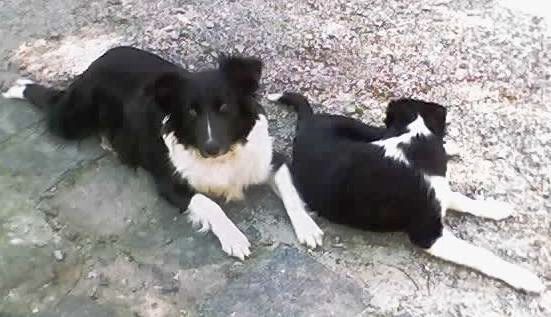
The Gaucho Sheepdog lives an average of 14 years as long as he is given proper care. Proper care should include regular exercise! A walk every day should be seen as the minimum requirement, supplemented by brain games and training (mental stimulation). While this breed isn’t known for being hyper or needing insanity-levels of exercise like some related herding breeds, it is good healthy practice to make sure most days include a long walk or similar form of physical stimulation. Very adaptable, the Gaucho can live in most types of homes whether large or small, as long as his needs are met. The one thing that the Gaucho loves more than everything else is his owner, so prospective owners should be prepared for a “shadow” to follow them wherever they go!
The Gaucho is a large breed with a medium length, but somewhat abundant coat that can come in any color. The tail is set high yet carried low, except when moving when it may rise above the back. The ears can either be erect, semi-erect or hanging atop the triangular head. One will immediately notice that some are similar in appearance to a Border Collie while others look more like the old-type working Collie. While there is likely no Border Collie in the genetic makeup of this breed (Border Collies weren’t introduced to Brazil until after the Gaucho was already established), the Collie lineage is strong and can be seen in the phenotype of these dogs.

